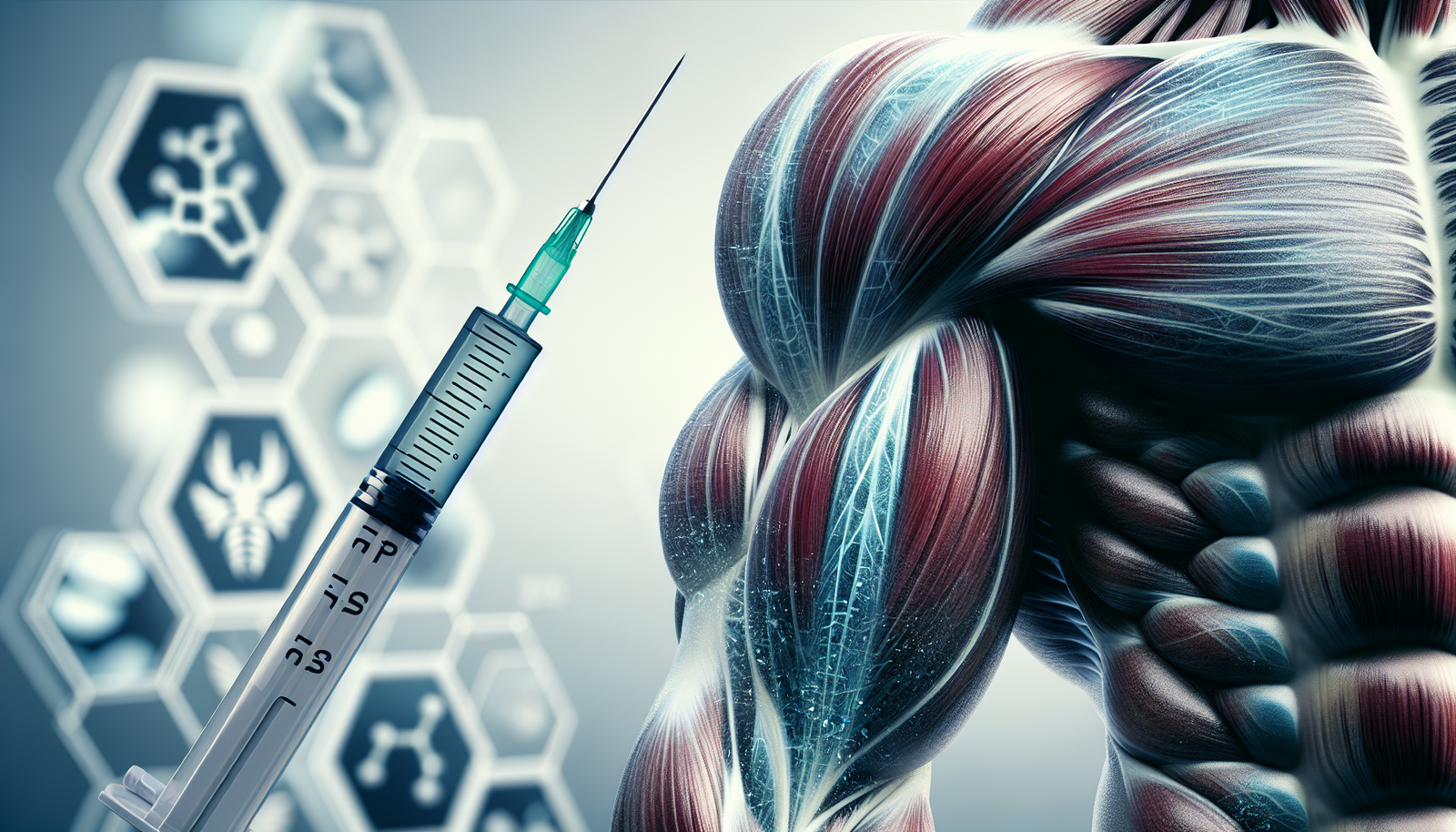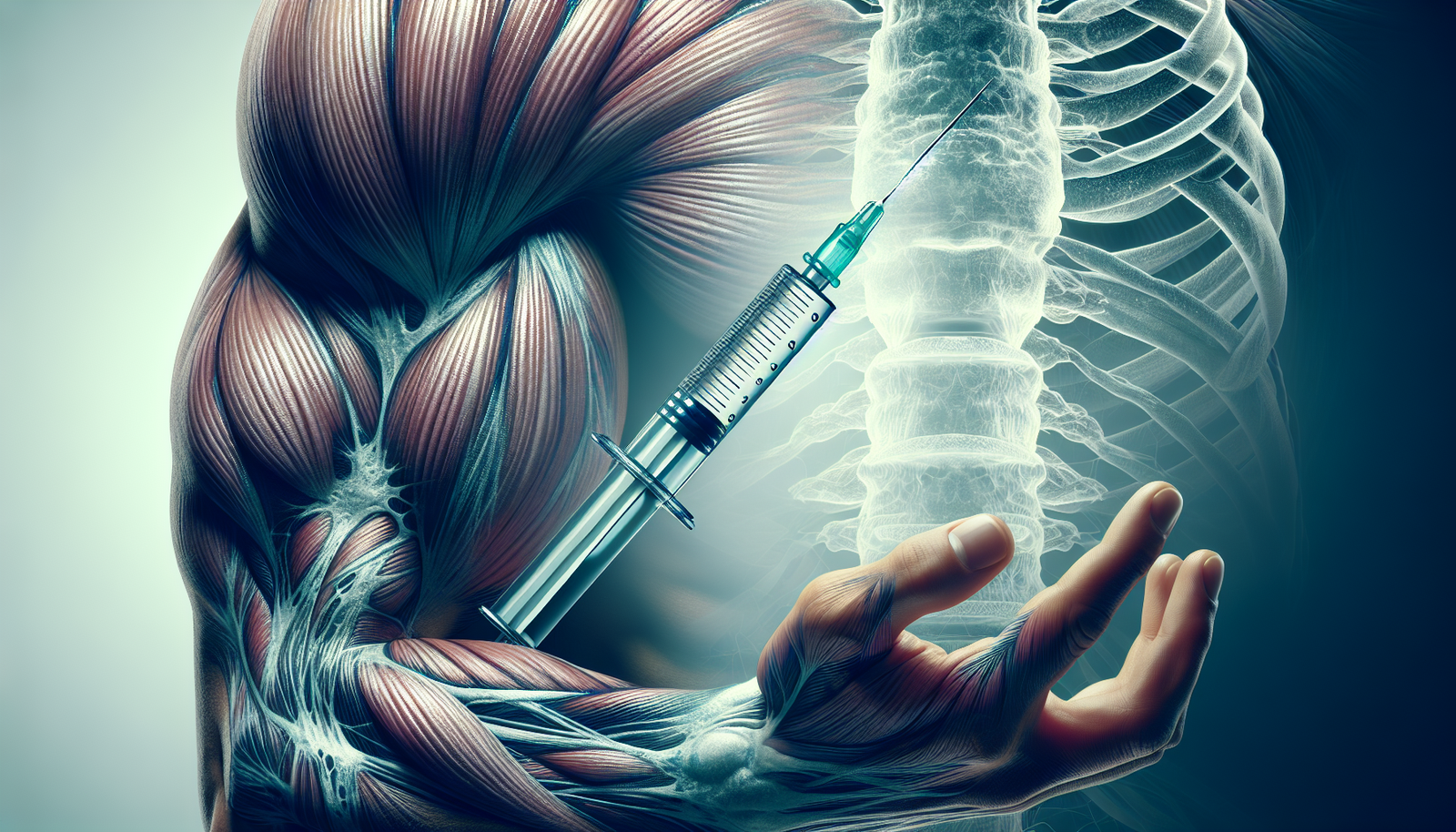Have you ever wondered why some people seem to effortlessly gain muscle while others struggle, even while putting in the same effort at the gym? The answer might lie in a small, yet powerful protein called Insulin-like Growth Factor 1 (IGF-1). Before you decide if having high or low IGF-1 is better for muscle mass, it’s important to have a nuanced understanding of what IGF-1 is and how it works.
Understanding IGF-1: The Basics
IGF-1 is a hormone similar in molecular structure to insulin. It plays an essential role in childhood growth and continues to have anabolic effects in adults. IGF-1 is produced by the liver and its production is stimulated by growth hormone (GH). When your pituitary gland secretes GH, it prompts the liver to produce IGF-1, essentially mediating the growth-promoting effects of GH.
What Does IGF-1 Do?
Table of Contents
IGF-1 promotes systemic body growth and has a significant effect on muscle, bone, and cartilage development. It stimulates the growth of cells and prevents cell death, making it crucial for muscle repair and development. For someone interested in building muscle, IGF-1 seems like a great ally, increasing the uptake of amino acids and glucose into the muscle cells, thus promoting muscle hypertrophy. However, as with many things in life, balance is key.
High IGF-1 Levels: Pros and Cons
Higher levels of IGF-1 might seem like a clear path to bigger muscles, but it’s important to weigh both the benefits and potential downsides.
Benefits of High IGF-1
Increased Muscle Mass: The most appealing benefit of elevated IGF-1 levels is larger and stronger muscles. IGF-1 enhances muscle tissue growth and accelerates muscle repair processes, meaning faster recovery from workouts.
Bone Health: IGF-1 supports bone density and strength, which is crucial not just for bodybuilders but for anyone as they age.
Metabolism Boost: Higher IGF-1 levels can enhance metabolism, fostering a more robust energy expenditure and potentially aiding in fat loss efforts, which complements muscle development.
Potential Downsides
Cancer Risk: One significant concern about elevated IGF-1 levels is the potential link to cancer. IGF-1 can promote the proliferation of cells, which, in the case of mutated cells, could lead to tumor growth.
Joint and Muscle Pain: Sustained high levels of IGF-1 could lead to joint pain and muscle soreness, potentially due to rapid tissue growth overwhelming your body’s ability to adapt.
Reduced Longevity: There’s evidence suggesting that excessively high levels of IGF-1 might correlate with a shorter lifespan, as IGF-1 affects cell aging processes.

Low IGF-1 Levels: Pros and Cons
Conversely, having lower levels of IGF-1 might also have its own set of advantages and drawbacks.
Benefits of Low IGF-1
Potential Longevity: Studies on animals indicate that lower IGF-1 levels might be associated with increased lifespan.
Lower Cancer Risk: Reduced cell proliferation decreases the potential for mutated cells to multiply, theoretically lowering cancer risk.
Anti-aging Effects: Some research suggests maintaining lower IGF-1 levels could reduce age-related impairments and help in preserving functionality longer.
Potential Downsides
Reduced Muscle Mass: Lower IGF-1 can slow down muscle growth and recovery, which is not ideal if your primary goal is increasing muscle mass.
Decreased Bone Density: IGF-1’s role in sustaining bone health means lower levels might result in reduced bone density, potentially leading to issues like osteoporosis.
Metabolic Challenges: Reduced metabolic rate can make it harder to stay lean, as calories are not processed as efficiently for energy expenditure.
The Influence of Deer Antler on IGF-1
One popular supplement touted for boosting IGF-1 levels is deer antler. Deer antler velvet is a substance harvested from the antlers of deer, believed to contain high concentrations of IGF-1. This has made it a sought-after supplement among athletes and bodybuilders.
What is Deer Antler Velvet?
Deer antler velvet is the soft, cartilaginous tissue found on the antlers of male deer. It’s harvested before the antlers harden, during a period when it is rich in IGF-1. Supplement proponents claim it supports muscle growth, recovers muscle tissue, and may generally enhance physical performance.
Benefits and Risks of Deer Antler
Taking deer antler supplements might aid muscle mass increase and recovery due to the IGF-1 content. However, these supplements are not without controversy.
- Benefits: Enhanced recovery and increased muscle mass potential.
- Risks: Variability in supplement quality, potential to raise IGF-1 to excessive levels, which, as discussed, could introduce its own suite of health concerns.
Regulating organizations like the FDA have yet to fully endorse or regulate these supplements, so exercise caution and consider professional guidance before using them.

Finding Your IGF-1 Balance
So, what’s the right IGF-1 level for you, especially if muscle mass is your goal? The answer is nuanced and depends on individual circumstances.
Factors Influencing Optimal IGF-1 Levels
Age: As you age, naturally declining IGF-1 levels could mean slightly boosting them might aid muscle retention and health.
Lifestyle: Diet, exercise, and sleep all play roles in maintaining IGF-1 levels.
Health Goals: If your aim is longevity with decent muscle mass, a balance tilted towards slightly lower IGF-1 might be desired; if maximal muscle size is your priority, higher levels might suit you better.
Monitoring and Adjusting IGF-1 Levels
Collaborate with healthcare professionals to monitor your IGF-1 levels, particularly if you have concerns or a specific target. Blood tests can measure IGF-1 levels, giving you tangible data to work from.
Natural Ways to Modify IGF-1 Levels
Diet: Protein-rich diets can enhance IGF-1 levels, while certain fasting regimes might lower it. Consume balanced meals tailored to your health goals.
Exercise: Resistance training can naturally boost IGF-1 levels, helping build muscle mass without supplements.
Sleep: Adequate sleep supports healthy levels of growth hormone, subsequently affecting IGF-1 production.
The Verdict: High or Low?
In conclusion, whether having high or low IGF-1 is better for muscle mass is not straightforward. A higher IGF-1 level might indeed enhance muscle growth and recovery; however, the potential risks, particularly concerning cancer and longevity, cannot be ignored.
For those keen on maximizing muscle mass, working under the guidance of healthcare professionals to raise IGF-1 levels safely is crucial. Alternatively, maintaining a moderate approach—aiming for slightly elevated but not excessive IGF-1 levels—can offer a compromise, enhancing muscle growth while mitigating substantial risks.
Ultimately, your unique goals, health status, and lifestyle factors should guide your approach to managing IGF-1 levels. With careful consideration and professional guidance, a balance can be struck that supports your fitness ambitions while maintaining holistic health.





